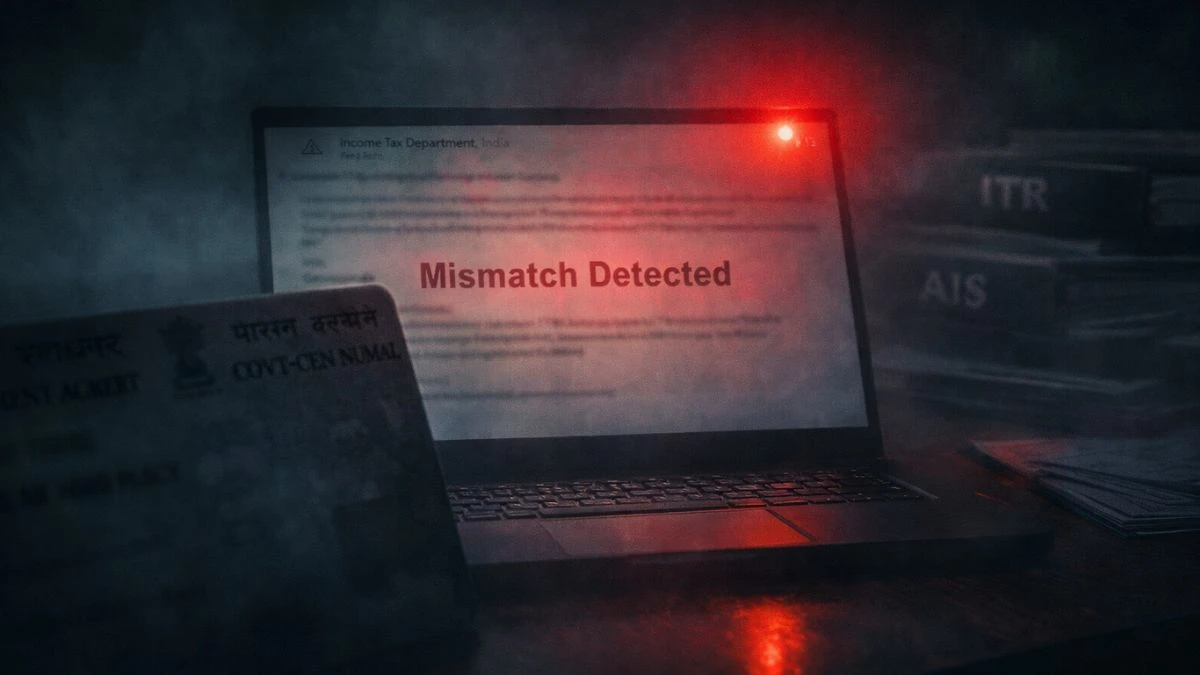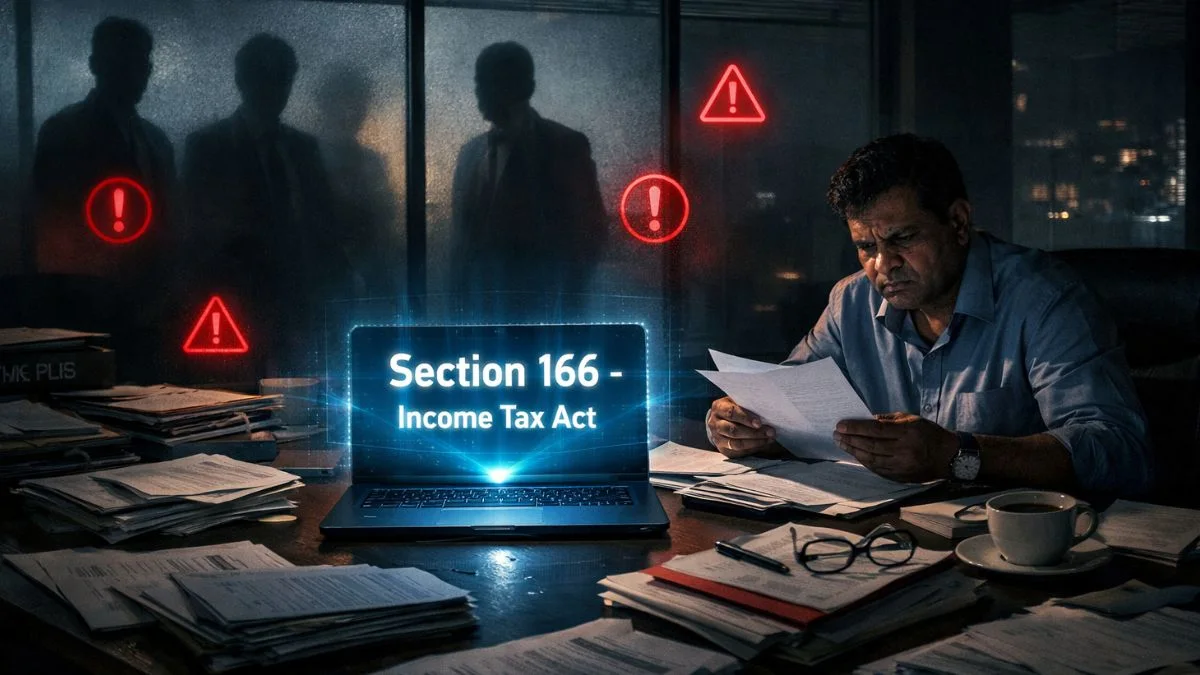
In today’s interconnected world, large multinational companies often take advantage of Bilateral tax treaties to reduce their tax liabilities. While these treaties were originally meant to avoid double taxation, they’re now often used to avoid any taxation. This is where the MLI full form – Multilateral Instrument – comes into play.
The Multilateral Instrument (MLI) is a powerful legal tool introduced as part of the BEPS Multilateral Instrument initiative by the OECD. It helps nations close tax loopholes without renegotiating thousands of individual treaties.
Sounds complex? Don’t worry—we’ll explain it simply, straightforwardly.
What is the Full Form of MLI?
Let’s start with the basics.
MLI stands for “Multilateral Instrument.” Its full name is:
Multilateral Convention to Implement Tax Treaty Related Measures to Prevent Base Erosion and Profit Shifting
Yes, it's a long title, but it captures the essence of what MLI is designed to do: fix the broken parts of international tax agreements to prevent companies from shifting profits and eroding tax bases across borders.
Why Was the Multilateral Instrument (MLI) Introduced?
The MLI was developed by the OECD as part of its Base Erosion and Profit Shifting (BEPS) Project. The BEPS project aims to tackle strategies used by companies to exploit gaps and mismatches in tax rules to avoid paying taxes where economic activity occurs.
Before MLI, if a country wanted to revise a clause in a bilateral tax treaty, it had to renegotiate with each country, one by one. With over 3,000 tax treaties worldwide, this was nearly impossible.
That’s why the BEPS Multilateral Instrument is revolutionary. It allows multiple countries to update their treaties simultaneously and effectively.
What Does the MLI Do?
In simple terms, the Multilateral Instrument (MLI) acts like a "global patch update" to old tax treaties. It modifies existing bilateral tax treaties without replacing them entirely.
Here’s what it does:
- Prevents treaty abuse (like setting up shell companies just to get treaty benefits)
- Improves dispute resolution between countries
- Implements anti-abuse provisions like the Principal Purpose Test (PPT)
- Aligns with minimum standards under BEPS Action Plans
By plugging these loopholes, MLI strengthens the integrity of international taxation.
How Does MLI Work?
Each country that signs the MLI selects:
- The tax treaties they want to modify
- The provisions they agree to adopt
This makes it flexible and dynamic. For example, India has notified 93 treaties and chosen several provisions under the OECD Multilateral Instrument framework.
Once both countries in a treaty agree to a change, the MLI text automatically applies to that bilateral treaty.
MLI and India
India ratified the MLI in 2019, making it applicable from FY 2020-21. The country has used the MLI to:
- Apply the Principal Purpose Test (PPT) across many treaties
- Prevent treaty shopping
- Strengthen dispute resolution processes
This means companies that once exploited India's older bilateral tax treaties now face stricter scrutiny.
MLI vs Bilateral Agreements
You may ask: If bilateral agreements already exist, why do we need the MLI?
Here’s the difference:
- Bilateral treaties are traditional one-on-one agreements that take years to update.
- Multilateral Instrument (MLI) is like a universal upgrade, making changes faster, more consistent, and broader.
This has made the MLI a game-changer in international taxation and treaty law.
MLI in Insurance or Other Sectors?
While many search for MLI's full form in insurance, the term MLI in taxation only refers to the Multilateral Instrument under the BEPS project. It’s not to be confused with insurance industry terminology.
That said, insurance companies—especially multinational ones—are also impacted by the MLI, particularly if they operate through permanent establishments in multiple countries.
Real-World Impact of MLI
Let’s take a common example:
Earlier, a company could set up a shell entity in a tax-friendly country, sign a bilateral treaty, and avoid taxes in both places. Now, thanks to MLI, the Principal Purpose Test requires proof of genuine economic activity—otherwise, treaty benefits can be denied.
This has helped countries protect their tax base and ensure companies pay tax where value is created.
MLI Matching Database
The MLI matching database, developed by the OECD, allows users to see which countries have made similar choices and which bilateral treaties are impacted. It’s a helpful tool for tax professionals trying to navigate the complex network of treaty modifications.
Final Thoughts
To wrap up, the MLI full form – Multilateral Instrument – might sound technical, but its goal is simple: ensure fairness in global taxation.
Let’s recap:
- The Multilateral Instrument (MLI) is a legal tool under the OECD BEPS Multilateral Instrument initiative.
- It allows countries to update multiple bilateral tax treaties at once.
- It prevents base erosion and profit shifting by implementing stronger anti-abuse provisions.
- It is especially helpful in addressing tax avoidance by large multinational companies.
👉 Want to check how the MLI impacts your business or treaty benefits?
Visit www.callmyca.com and consult our international tax experts.











